Intelligent shelf (as / RS) is composed of three-dimensional shelf, track roadway stacker, in and out tray conveyor system, size detection bar code reading system, communication system, automatic control system, computer monitoring system, computer management system and others such as wire and cable bridge, distribution cabinet, tray, adjustment platform Complex automation system composed of auxiliary equipment such as steel structure platform. Using the integrated logistics concept and advanced control, bus, communication and information technology, the warehouse in and warehouse out operation is carried out through the coordinated action of the above equipment.
component
1. Shelf: a steel structure used to store goods. There are mainly two basic forms: Welded shelf and combined shelf.
2. Pallet (container): an appliance used to carry goods, also known as station appliance.
3. Roadway stacker: equipment used to automatically access goods. According to the structural form, it is divided into two basic forms: single column and double column; According to the service mode, it is divided into three basic forms: straight road, curve and transfer vehicle.
4. Conveyor system: the main peripheral equipment of the three-dimensional warehouse, which is responsible for transporting goods to or from the stacker. There are many kinds of conveyors, such as roller conveyor, chain conveyor, lifting table, distribution car, elevator, belt conveyor, etc.
5. AGV system: i.e. automatic guided trolley. According to its guiding mode, it is divided into inductive guiding car and laser guiding car.
6. Automatic control system: the automatic control system that drives the equipment of the automatic three-dimensional warehouse system. The field bus mode is mainly used as the control mode.
7. Storage information management system: also known as central computer management system. It is the core of the fully automated three-dimensional library system. Typical automated three-dimensional database systems use large-scale database systems (such as Oracle, Sybase, etc.) to build a typical client / server system, which can be networked or integrated with other systems (such as ERP system, etc.).
Superior performance
The advantages of intelligent shelf are various. For enterprises, they can be reflected in the following aspects:
1. The basic starting point of the early concept of three-dimensional warehouse is to improve the space utilization rate and fully save the limited and valuable land. In some western developed countries, the view of improving space utilization has a broader and profound meaning. Saving land has been linked with more aspects such as energy conservation and environmental protection. Some even take the utilization rate of space as an important indicator of system rationality and advanced assessment. The space utilization rate of three-dimensional library is closely related to its planning. Generally speaking, the space utilization rate of automatic elevated warehouse is 2-5 times that of ordinary flat warehouse. This is considerable.
2. It is convenient to form an advanced logistics system and improve the production management level of enterprises. The traditional warehouse is only a place for goods storage. Preserving goods is its function and a kind of "static storage". The intelligent shelf adopts advanced automatic material handling equipment, which can not only automatically access the goods in the warehouse as needed, but also organically connect with the production links outside the warehouse. Through the computer management system and automatic material handling equipment, the warehouse has become an important link in the production logistics of enterprises. The storage of purchased parts and self-made production parts in the automatic warehouse is a link of the whole production. Short-term storage is to automatically output them to the next process for production at the specified time, so as to form an automatic logistics system. This is a kind of "dynamic storage", which is also an obvious technical trend of the development of automatic warehouse.
The logistics system mentioned above is also a subsystem of the whole enterprise production management system (from ordering, necessary design and planning, planning and production arrangement, manufacturing, assembly, test, shipment, etc.). Establishing the real-time connection between the logistics system and the enterprise system is another obvious technical trend in the development of automatic elevated warehouse
System advantages
1、 Save the floor area of the warehouse and make full use of the space of the warehouse. Due to the large shelf area and intelligent storage technology, it is easier to find and manage goods than the traditional shelf area. In developed countries, improving the utilization of space has been an important indicator for the rationality and advanced nature of the system. In the of advocating energy conservation and environmental protection, intelligent shelves have a good effect in saving land resources, which is also a major trend of storage development in the future.
2、 Automatic management improves the management level of the warehouse. The intelligent shelf adopts the computer to manage the goods information accurately, which reduces the errors that may occur in the storage of goods and improves the work efficiency. At the same time, the three-dimensional automatic warehouse realizes motorization in the transportation of goods in and out of the warehouse, and the handling work is reliable, which reduces the damage rate of goods. It can also make some goods with special requirements for the environment have a good storage environment through special design, such as toxic and explosive goods, and reduce the possible injury that people may suffer when handling goods.
3、 Intelligent shelves can form an advanced production chain and promote the progress of productivity. Professionals pointed out that due to the high access efficiency of the smart shelf, it can effectively connect the production links in the warehouse and form an automatic logistics system in the storage, so as to form a planned and arranged production chain, which has greatly improved the production capacity.


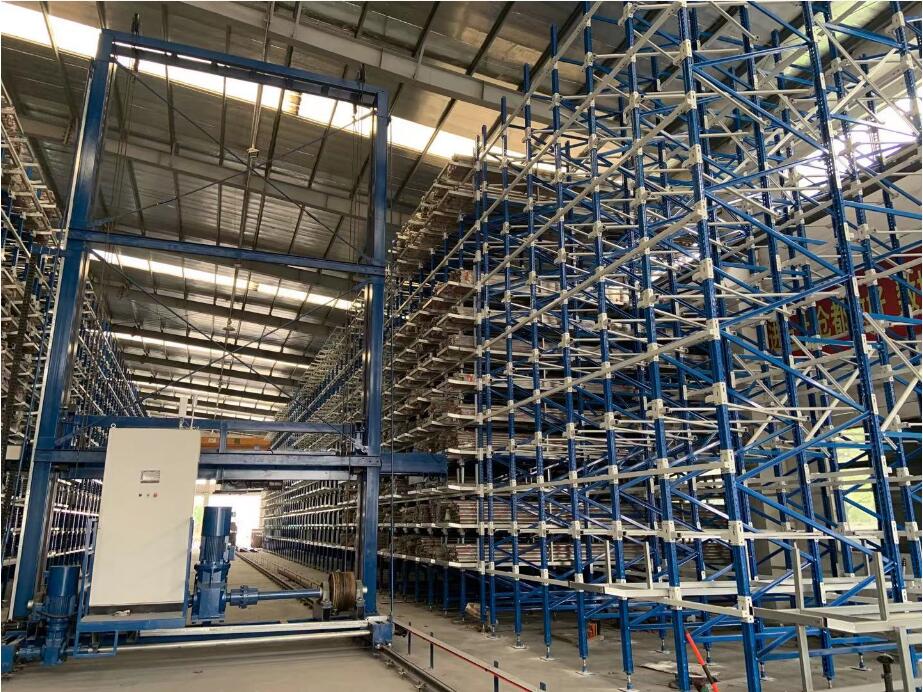
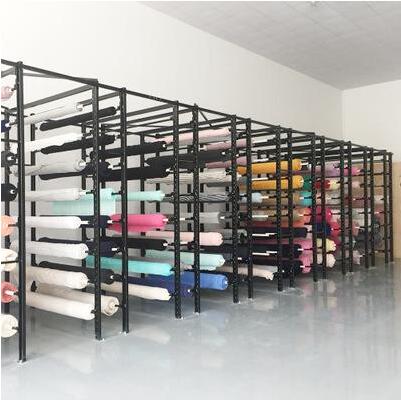

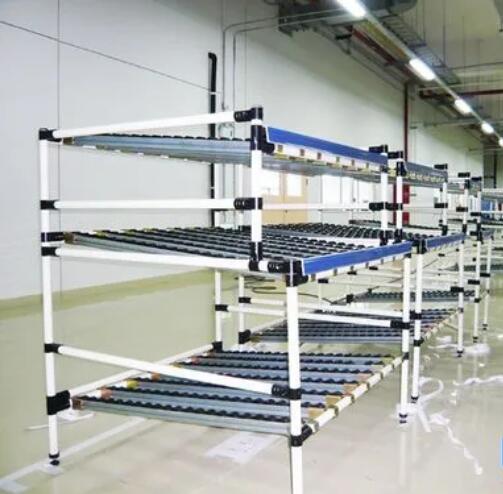
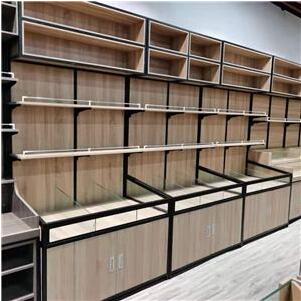
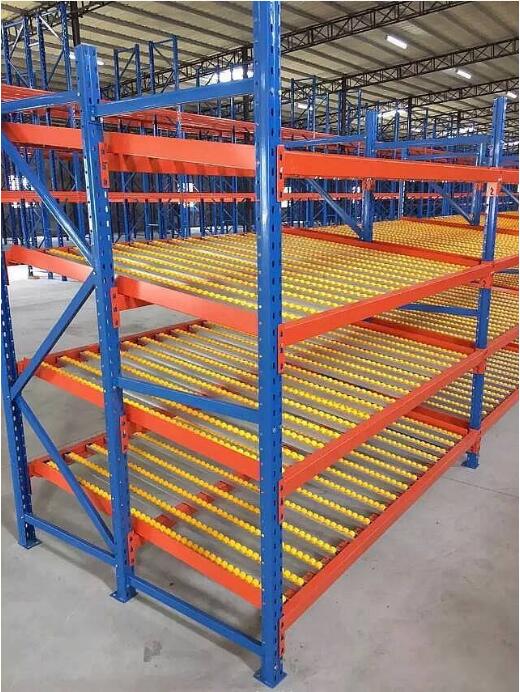
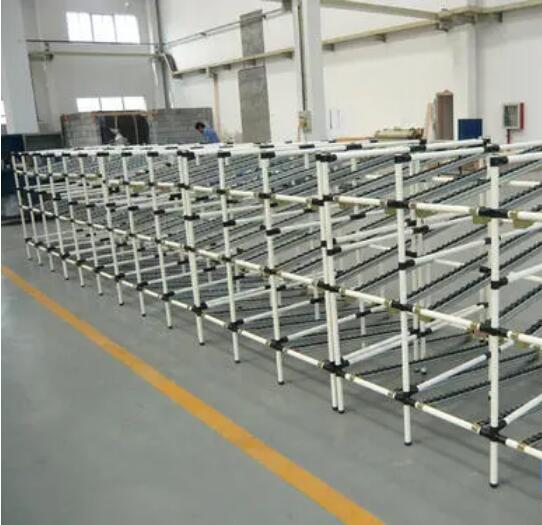
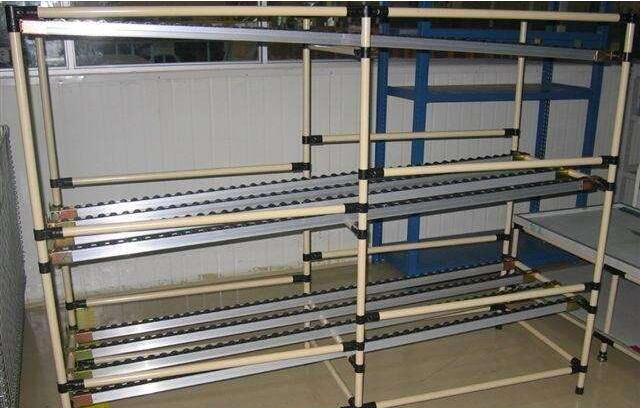




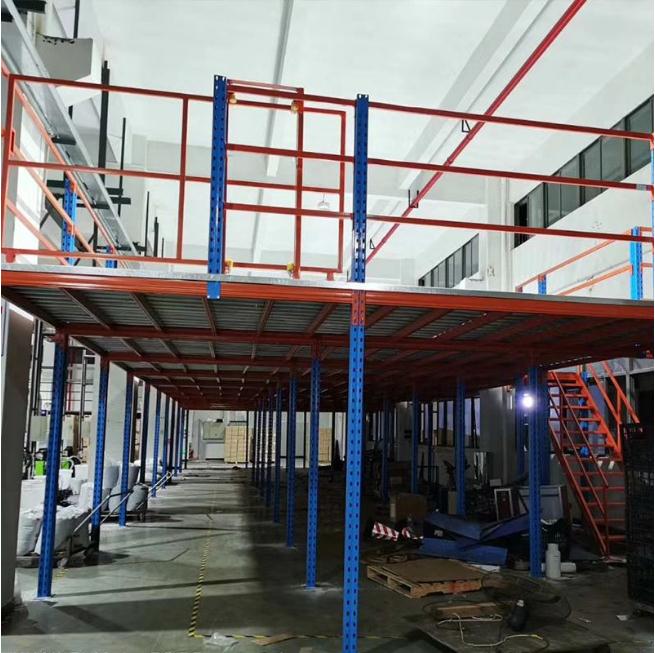

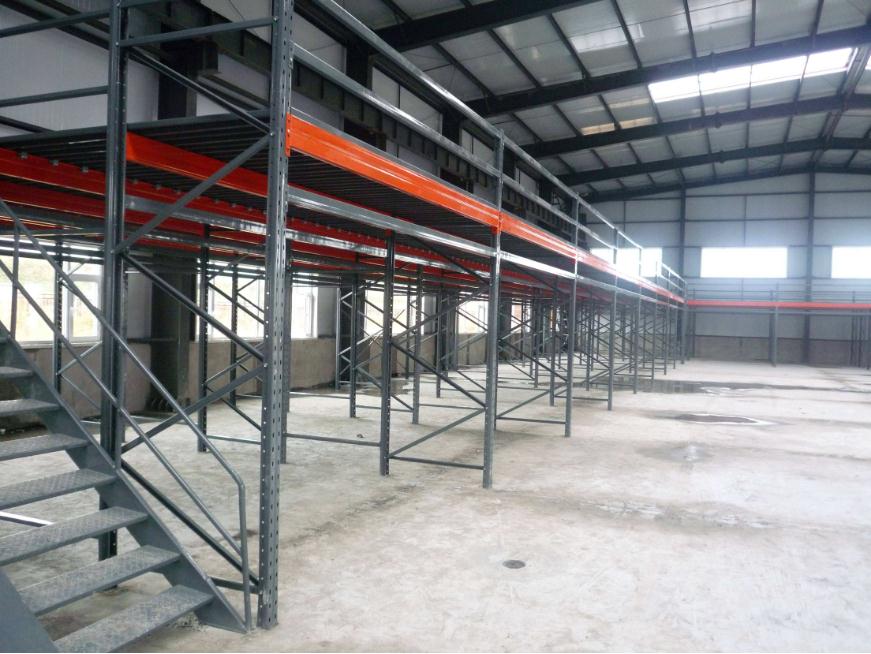
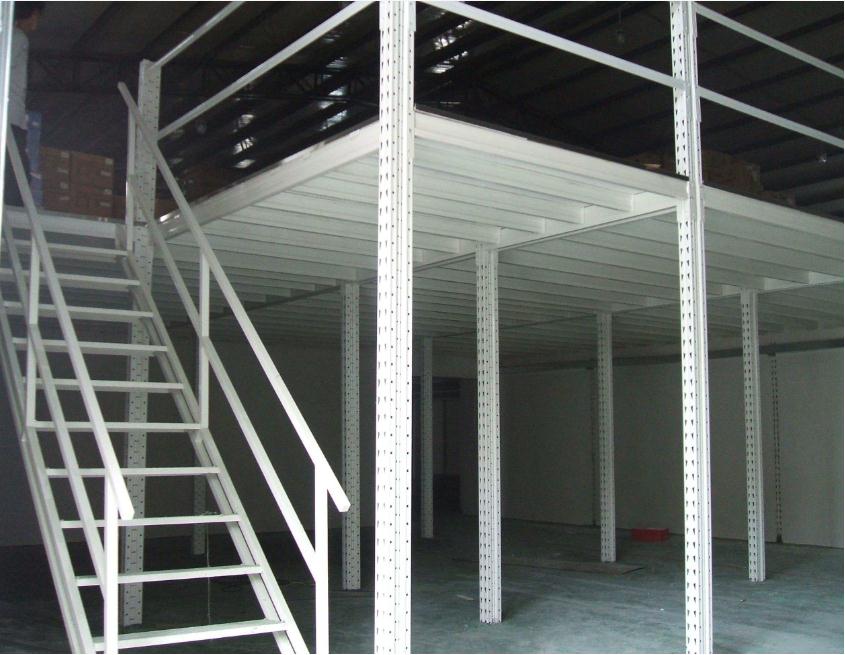


 在线客服
在线客服